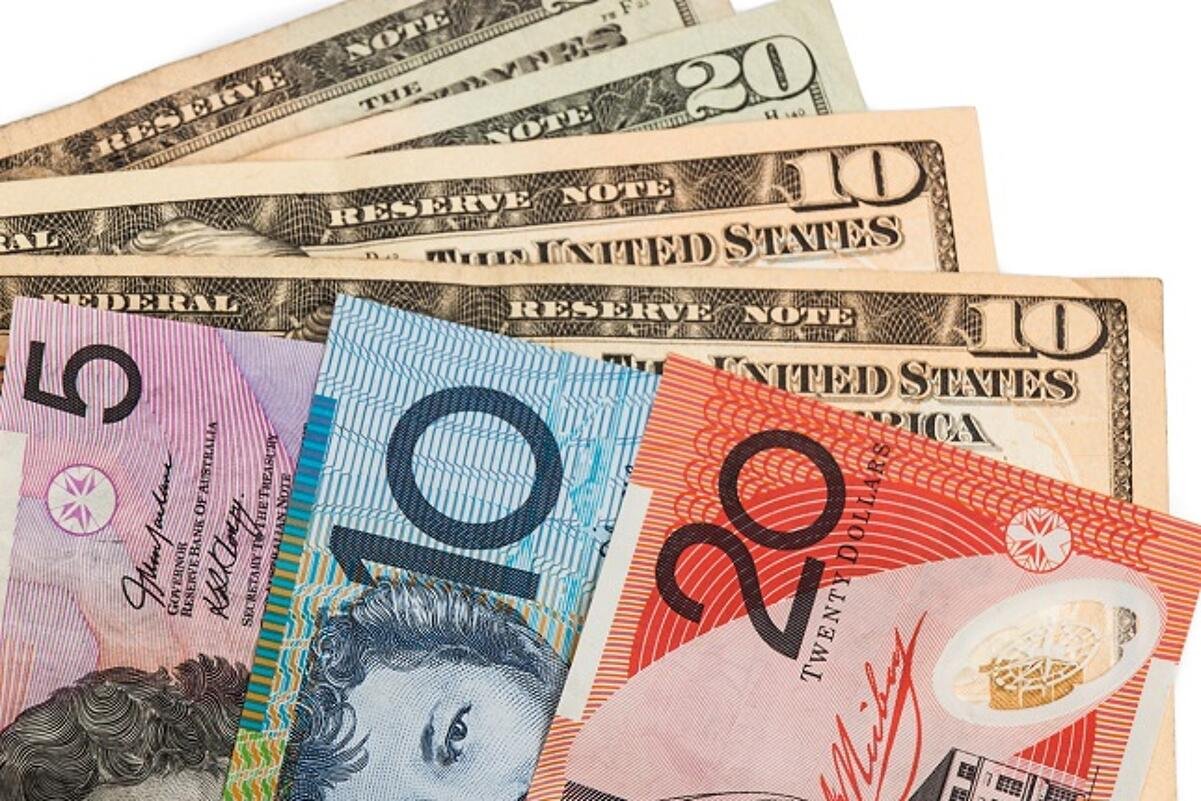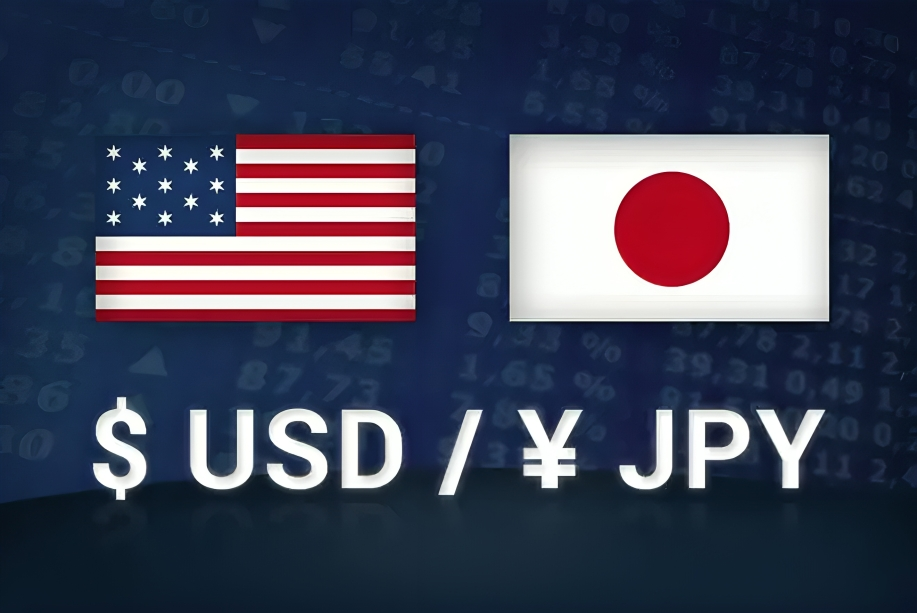The Australian Dollar continues to fall against the US Dollar, burdened by rising global trade tensions and worsening deflationary fears in China—Australia’s biggest trading partner. Even with a big bounce in Westpac Consumer Confidence to a three-year high, fueled by recent interest rate reductions and softening living expenses, the AUD can’t find its footing. Stagnated US-China trade talks, counter-tariffs, and waning Chinese demand have weighed on sentiment, as weaker US employment data and fears of recession further clouded the wider picture. With investors expecting crucial inflation reads and other direction from central banks, the AUD/USD continues to be battered, trading around multi-week lows.
KEY LOOKOUTS
• Markets watch intently for the Reserve Bank of Australia’s next step, particularly after robust numbers trimmed expectations of further rate easing.
• Continuing deadlock in US-China trade negotiations and fresh retaliatory tariffs continue to influence Australian market sentiment and global risk appetite.
• Accelerating deflationary pressure in China is a significant threat to Australia’s export-oriented economy, particularly in the context of slowing consumer demand after Spring Festival.
• Market participants are waiting for US inflation figures, which would potentially affect Federal Reserve policy expectations and propel short-term AUD/USD movements.

The Australian Dollar continues to come under pressure as rising global trade tensions and China’s worsening deflation feed fears about Australia’s economic prospects. Amid a significant rise in consumer sentiment—reflected in Westpac’s Consumer Confidence Index hitting a three-year high—the external headwinds continue to dominate local optimism. The US-China trade impasse extended over time, joined by retaliatory tariffs and waning demand in China, has quashed investor sentiment and risk appetite. At the same time, technical indicators point to bearish momentum for AUD/USD, with investors looking for significant US inflation data and further information about the Reserve Bank of Australia’s monetary policy direction.
The Australian Dollar remains under pressure even after consumer confidence rose, as global trade tensions and deflation concerns in China act as a dampener for sentiment. US-China negotiations’ stalemate and declining risk appetite keep the AUD/USD pair around multi-week lows.
• Australian Dollar continues to be under pressure as a result of escalating global trade tensions and China’s increasing deflation worries.
• Westpac Consumer Confidence jumped 4% in March, a three-year high, driven by interest rate reductions and softening living expenses.
• US-China trade talks continue to be at an impasse, with retaliatory tariffs further weighing on market sentiment and affecting Australia’s export-oriented economy.
• Deflation in China indicates poor domestic demand, which threatens Australian exports and general economic prospects.
• Uncertainty around the US economy continues, with poor jobs numbers and recession worries driving global currency flows.
• RBA remains cautious in its policy, and recent economic news has lowered the expectation of further rate cuts.
• Market players wait for the next US inflation figures, which may influence future Federal Reserve policies and affect the AUD/USD exchange rate.
The Australian Dollar is strained as global trade tensions escalate and economic uncertainty rises, driven particularly by increasing deflation fears in China—Australia’s biggest trading partner. While consumer sentiment improved significantly, with Westpac Consumer Confidence reaching a three-year high, overall market sentiment remains cautious. The Reserve Bank of Australia’s recent rate cut and alleviation of cost-of-living pressures have improved domestic optimism, but external threats continue to loom over local economic gains.
AUD/USD Daily Price Chart

Chart Source: TradingView
Impeded US-China trade talks and retaliatory tariffs are driving fears of a weakening global demand, which directly affects Australia’s trade-dependent economy. In the background, political events and soft US job data are influencing expectations for future economic policy. As investors continue to keep an eye on future inflation data and central bank cues, the Australian Dollar’s performance will tend to be guided by these changing global dynamics.
TECHNICAL ANALYSIS
Australian Dollar is exhibiting signs of ongoing weakness versus the US Dollar, with the AUD/USD pair trading around significant support levels. The pair has fallen below the nine-day Exponential Moving Average (EMA), which signals bearish short-term momentum. Moreover, the 14-day Relative Strength Index (RSI) has dipped below the neutral 50 level, indicating mounting selling pressure. If the downtrend continues, the pair would test lower support levels, while recovery would demand a persistent break above the near-term resistance zones to turn sentiment again in the bullish direction.

FORECAST
In the event that global sentiment is improving and US-China trade tensions abate, the Australian Dollar would recover, particularly if China’s economic data begin to stabilize. A flip in commodity demand to the positive or an unexpected pick-up in China’s inflation rates can drive Australia’s export economy, potentially pushing the AUD higher. Furthermore, if the Reserve Bank of Australia continues its dovish but accommodative policy without additional rate cuts, this should reinforce investor confidence and support a modest recovery in the currency.
But the risks on the downside are also considerable. Ongoing trade uncertainty, ongoing deflationary pressures in China, or additional escalation in global tariff tensions would bear down on the Australian Dollar. If future US inflation numbers bolster the argument for the Federal Reserve to keep or postpone rate cuts, the US Dollar could gain further traction, putting further pressure on the AUD. In addition, any fresh weakness in Australian economic data or a turn towards more dovish RBA commentary may speed the currency’s decline in the near term.







